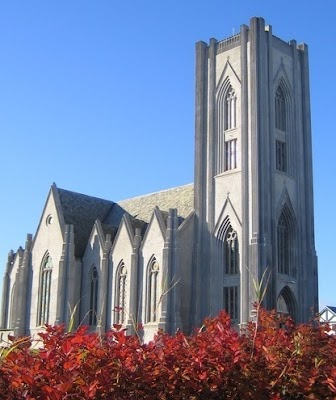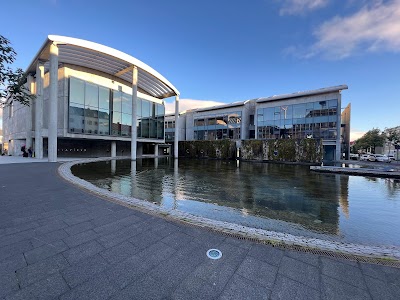National Museum of Iceland (Þjóðminjasafn Íslands)
Overview
The National Museum of Iceland, located in the heart of Reykjavík, is a captivating gateway into the rich tapestry of Iceland's past, culture, and heritage. Established in 1863, the museum's mission has always been to collect and preserve artifacts that tell the story of Iceland—from its settlement in the 9th century to contemporary times.
The museum was championed by Jón Árnason, a librarian who recognized the urgent need for a dedicated space to safeguard Icelandic culture and history. Initially housed in various locations, including a modest building near Reykjavík Cathedral, it became evident by 1950 that a more permanent venue was essential. This led to the construction of a purpose-built facility, which the museum opened in 1959 at its current address, Suðurgata 41. This new location offered expanded space and improved facilities for exhibitions and research.
Visually, the exterior of the National Museum of Iceland embodies modern simplicity, reflecting the essence of Icelandic design. Upon entering, visitors are welcomed by bright, airy spaces that guide them through thematic exhibitions. The diverse array of artifacts ranges from Viking Age swords and medieval manuscripts to contemporary photographs and artwork. Among the highlights is the Valþjófsstaður door, a stunning 13th-century church door adorned with intricate carvings depicting mythological stories, showcasing the skill and creativity of early Icelandic artisans.
The museum's permanent exhibition, titled "Making of a Nation," offers a chronological exploration of Iceland's history. This extensive display organizes over 2,000 objects into compelling narratives that reflect significant epochs—from the initial settlement and Christianization to the independence movement and modern developments. In addition to the permanent collection, the museum frequently hosts temporary exhibitions that focus on specific aspects of Icelandic culture or contemporary issues, providing fresh insights for returning visitors.
Integral to the museum's mission are its educational programs designed for both children and adults. These include workshops, lectures, and guided tours that deepen the understanding of the exhibits, while interactive displays engage younger audiences. The museum actively collaborates with schools and universities, offering valuable educational materials and resources.
Behind the scenes, preservation plays a vital role at the National Museum of Iceland. A dedicated team of conservators works diligently to maintain and restore artifacts, ensuring their longevity for future generations. The museum also hosts a comprehensive database and archive, accessible to researchers for academic and cultural projects.
Advancements in technology have significantly enhanced the museum's accessibility. Digitalization initiatives allow visitors to explore collections both on-site and online, with virtual tours and digitized archives making the museum’s treasures available to a global audience.
To complement the visit, the museum features a shop and café, where guests can unwind over Icelandic cuisine or purchase unique souvenirs that reflect the exhibits. These amenities reinforce the museum's vision of being a welcoming community space where culture and history intersect with everyday life.
In recent years, the National Museum of Iceland has broadened its impact through international collaborations and traveling exhibitions. These efforts promote Icelandic culture on a global scale and foster a deeper understanding of the nation’s distinctive heritage.
The National Museum of Iceland continues to evolve, demonstrating a steadfast commitment to preserving and sharing the rich narrative of Icelandic heritage. It stands as a powerful testament to the nation’s enduring history, inviting visitors to not only discover the past but also connect with the cultural identity of Iceland today.









